The latest VS20 Vito range, comprising Vito/eVito light commercials and Tourer/V-Class people movers, brings the first major facelift to Mercedes-Benz’s mid-sized (2.5-3.5-tonne GVM) van since 2015, along with numerous comfort, convenience, technology and safety upgrades.
The workhorse fleet is available in medium wheelbase (MWB) and long wheelbase (LWB) Panel Vans and Crew Cabs, with a variety of drivetrain specifications including the all-electric eVito LWB van.
We were recently handed the keys to one of the latest turbo-diesel variants to see how it measures up from a tradie/business perspective in one of Australia’s most competitive vehicle markets.
Mercedes-Benz Vito 2025: VS20 119 CDI LWB RWD
| Engine Type | Diesel Turbo 4, 2.0L |
|---|---|
| Fuel Type | Diesel |
| Fuel Efficiency | 6.7L/100km (combined) |
| Seating | 2 |
| Price From | $79,796 |
Does it represent good value for the price? What features does it come with? 8/10?
8 / 10
Our test vehicle is the Vito 119 Panel Van LWB, which like all light commercial models (except the eVito) comes standard with a 2.0-litre four-cylinder turbo-diesel engine and nine-speed automatic for a list price of $79,796.
Our example has also been fitted with a couple of factory options including a digital rear-view camera ($1031) and the 'Cargo Pack' ($2287) which adds a two-passenger front bench seat and full-width metal bulkhead with window, plus sturdy wood-flooring and bright LED lighting for the cargo bay.
These options bump the list price to $83,015, plus on-roads, so for such a sizeable spend you’d rightfully expect to get a lot more than just a prestigious badge as standard equipment.
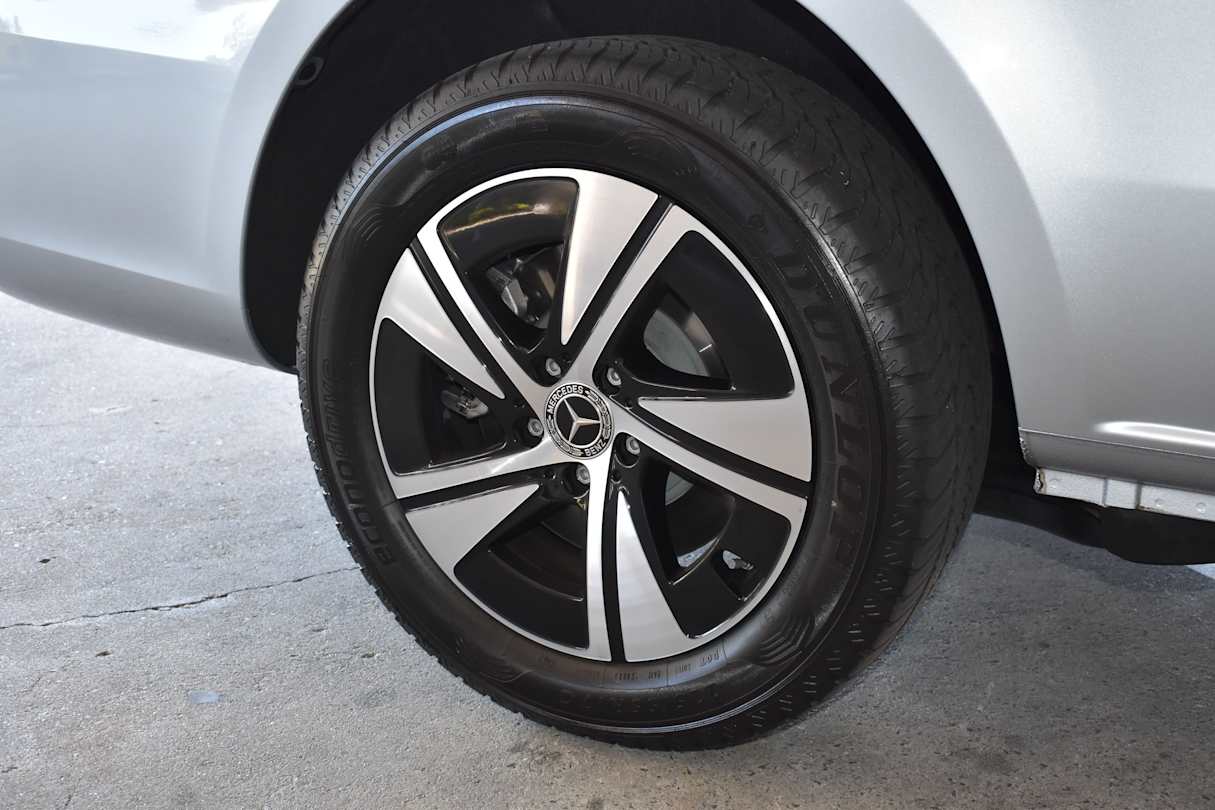
Externally, the Vito delivers on that expectation with stylish 17-inch alloy wheels and 225/55 R17C tyres with a full-size steel spare, colour-coded front and rear bumpers, chrome grille highlights, black roof rails, rear window tint, multibeam LED headlights, LED tail-lights and classy LED puddle-lamps that project a Mercedes-Benz logo.
MY25 equipment upgrades fitted as standard include the latest 'MBUX' multimedia system with a big 10.25-inch LCD colour touchscreen, 'Hey Mercedes' voice command, wireless Apple CarPlay/Android Auto connectivity and more.
The driver’s instrument cluster gets a 5.5-inch central colour display and all models are now fitted as standard with a multifunction steering wheel with touch-sensitive controls, plus keyless start and an electronic parking brake replacing the old spring-loaded pedal version.
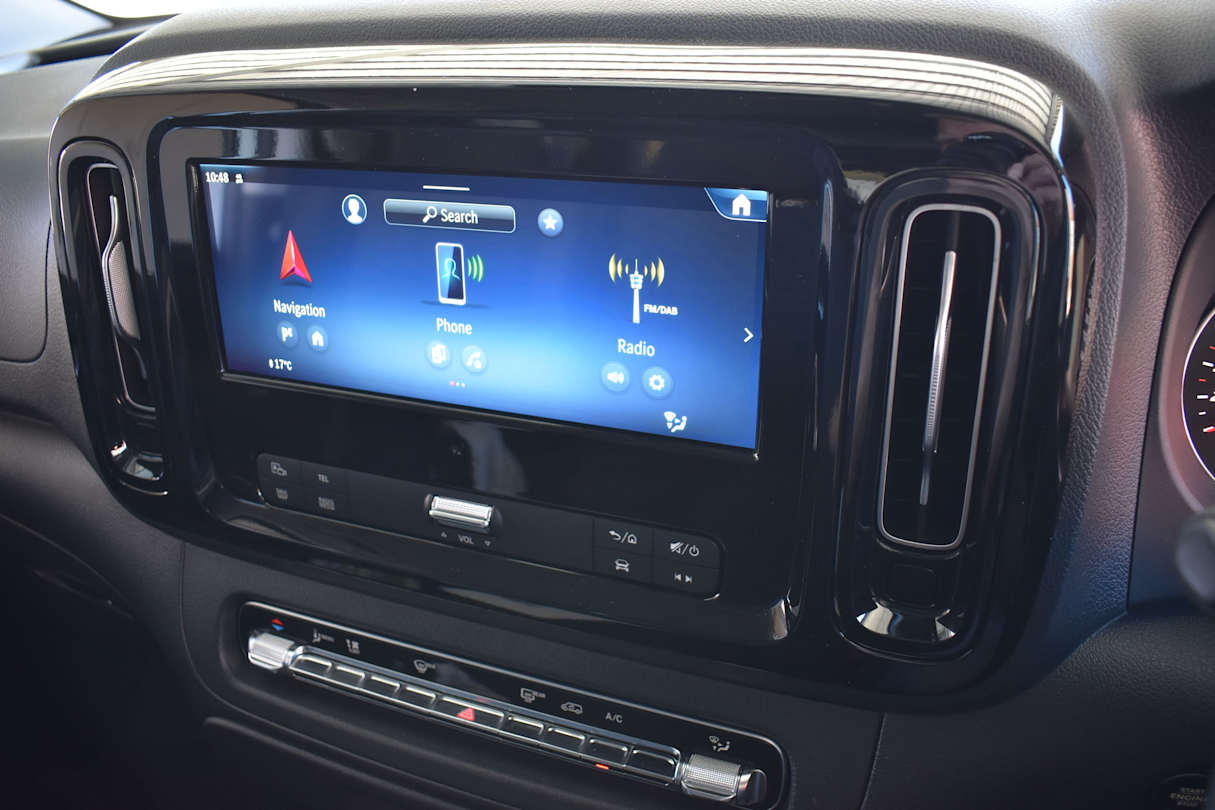
Standard safety has also been upgraded with active lane-keeping assistance, traffic sign recognition and tyre pressure monitoring.
Our 119 model also comes with complimentary metallic and non-metallic paint finishes, so the latest Vito is more indulgent than your typical steel-wheeled workhorse without compromising its core load-carrying capabilities.
Is there anything interesting about its design? 9/10?
9 / 10
Our LWB test vehicle rides on a 3430mm wheelbase, with 5370mm overall length and 1928mm width. Its 1916mm height ensures comfortable access to height-restricted areas like multi-storey car parks and underground loading zones and it has a reasonably tight 11.8-metre turning circle.
The rear-wheel drive chassis includes MacPherson strut front suspension, independent semi-trailing arm/coil-spring rear suspension, four-wheel disc brakes and rack and pinion steering.
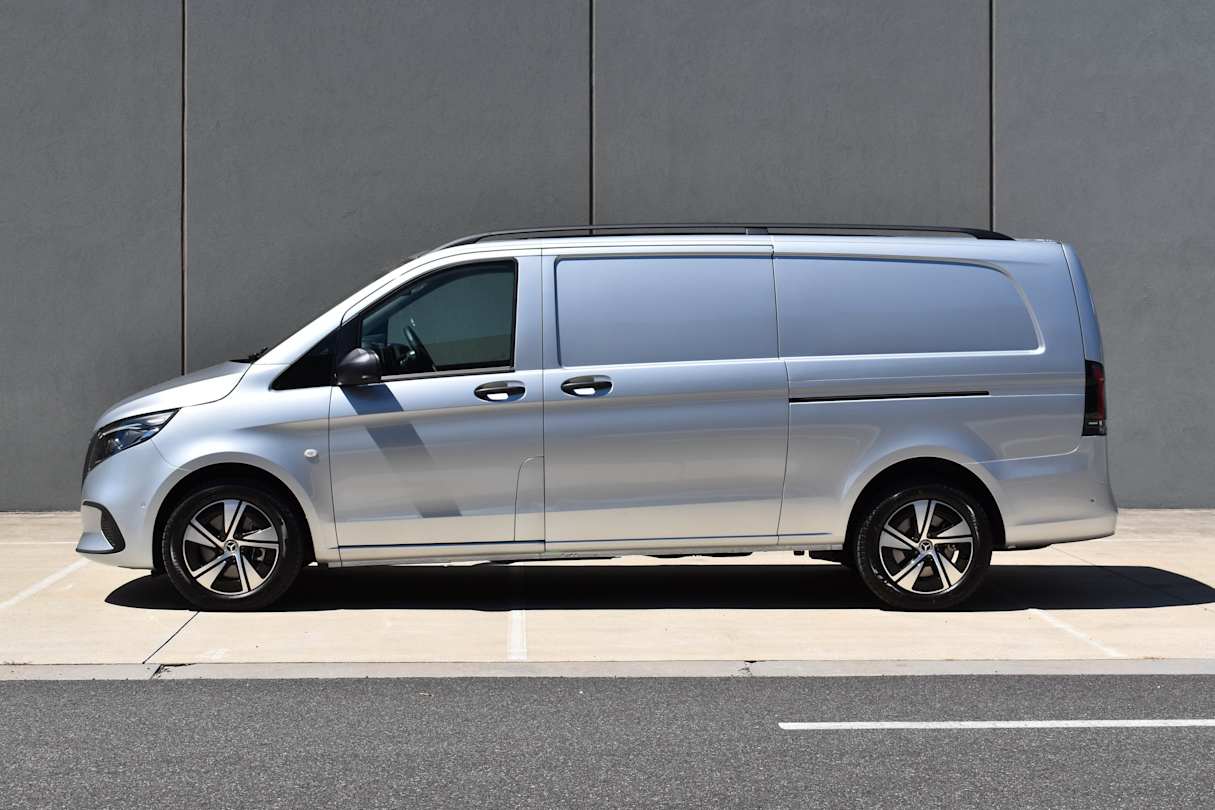
It’s arguably the best-looking mid-sized van on the market with its bold frontal styling, purposeful wedge-shaped profile and elegant contours along its flanks.
The neat and functional interior has fabric-trimmed seats with an attractive speckled pattern on their facings. It also comes standard with a chrome interior package including air-vents, air con switch panel, interior door handles/surrounds and more.
The minimalist dash design results in a clean and uncluttered appearance. Even so, it still (thankfully) includes mechanical 'piano key' buttons for numerous functions and knurled barrel-style switches for controlling audio volume, cabin temperature, airflow direction and drive modes, to avoid the potential driver distraction of touchscreen prompts.
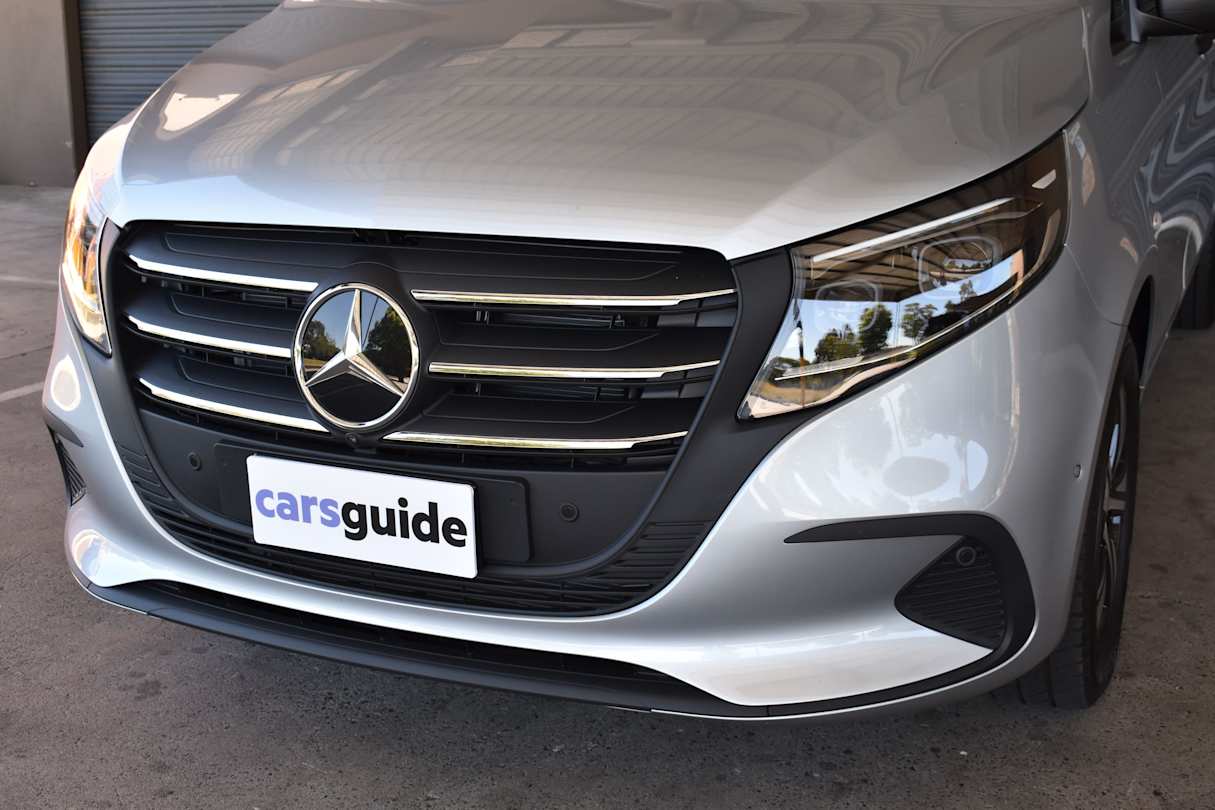
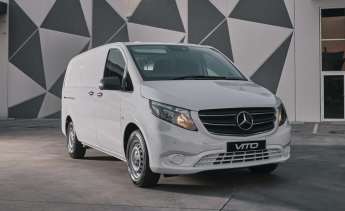
How practical is its space and tech inside? 8/10?
8 / 10
With its 2068kg kerb weight and 3000kg GVM, our test vehicle has a 933kg payload rating which falls short of the one-tonne-plus capabilities of numerous rivals.
However, it’s also rated to tow up to 2500kg of braked trailer, which is 1000kg more than Toyota’s dominant HiAce. And with its 5500kg GCM rating (or how much it can legally carry and tow at the same time) the Vito can carry its maximum payload while towing its maximum trailer weight.
Access to the cargo bay is through sliding doors on each side with 822mm openings, or the single tailgate (optional rear barn-doors are also available). With load floor dimensions of 3061mm length and 1695mm width, along with 1270mm between the rear wheel-housings, it will carry up to two standard Aussie pallets or up to three Euro pallets, secured with a choice of eight load-anchorage points.
Standard equipment includes the cargo bay’s internal walls and doors being lined from floor to roof height. The optional Cargo Pack's solid metal bulkhead serves as both a noise insulator for the cabin and a sturdy cargo barrier, with large assist handles on each side and a full-width open storage area at its base ideal for storing ropes, straps, load-padding etc.
Access to the driver’s cabin is through doors with a relatively narrow opening angle. The seat padding is firm and well-bolstered, with the Cargo Pack’s two-seater bench offering sufficient knee clearance from the dash for central passengers.
However, central seat foot-room is limited for those with large boots and the bench seat also has no adjustment, so we’d recommend only short trips for a crew of three.
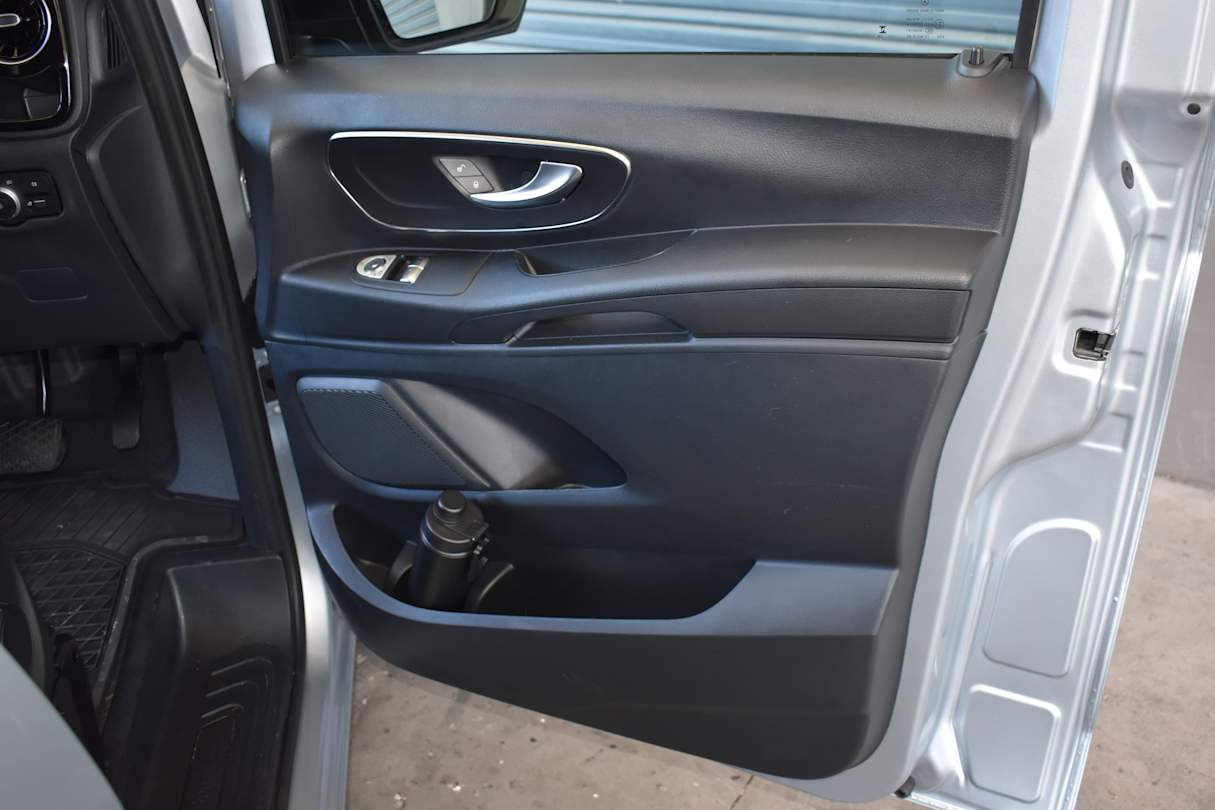
Cabin storage includes a large-bottle holder and bin in the base of each door, with a smaller bin above. The dash offers storage slots below the air-vents, plus small-bottle/cupholders and three handy open storage areas across the dash-pad.
There’s also a single glove box, overhead glasses-holder and a useful-sized compartment hidden beneath the passenger seat which is accessed through a side hatch.
What are the key stats for its engine and transmission? 9/10?
9 / 10
The 2.0-litre four-cylinder intercooled turbo-diesel meets Euro 6 emissions standards using AdBlue.
It produces 140kW of power at 4200rpm and 440Nm of torque between 1350-2400rpm. This is paired with a smooth and intuitive nine-speed torque converter automatic, which offers three drive modes comprising 'Comfort' (the standard default setting), 'Sport' and 'Manual'. The latter’s sequential manual-shifting is via steering wheel-mounted paddles.
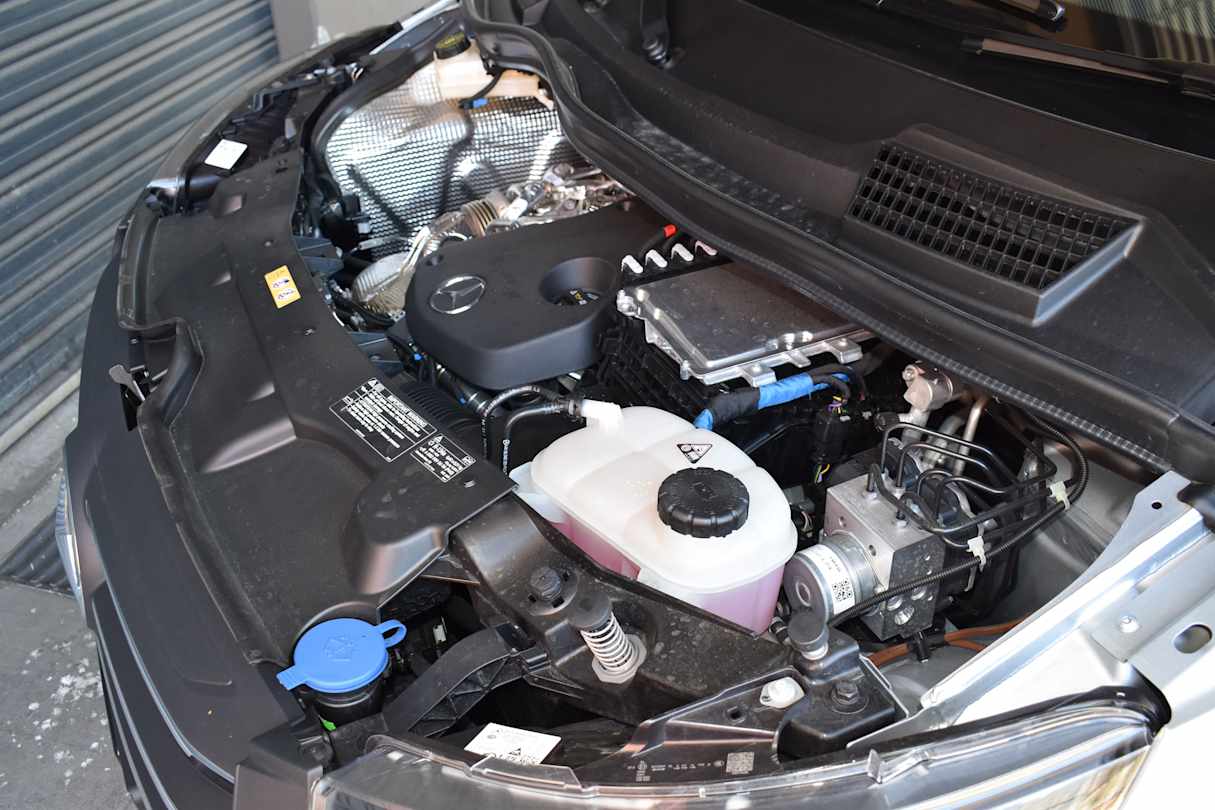
What is its fuel consumption? What is its driving range? 9/10?
9 / 10
Mercedes-Benz claims official combined average consumption of only 6.7L/100km but the dash readout was showing 8.3 at the completion of our 342km test, of which about one third was hauling a heavy payload.
This was lineball with our own figure, calculated from fuel bowser and tripmeter readings, of 8.5L/100km. Any mid-sized van that can produce genuine sub-10L economy in 'real world' urban use gets a big tick from us and, based on our figures, should produce an excellent driving range of around 800km from its 70-litre diesel tank.
What’s it like to drive? 9/10?
9 / 10
The Vito offers exceptional comfort for the driver, with the prestige look and feel of its leather-wrapped and height/reach adjustable steering wheel combined with a driver’s seat offering a fold-down inboard armrest, height/reach-adjustable lumbar support plus adjustable base-cushion rake and length.
A left footrest would be icing on this comfort cake, but in its absence there’s plenty of clear floor space in which to rest your left foot.
Eyelines to all mirrors are good and although the centre-seat headrest for the Cargo Pack bench partly blocks the central mirror’s rear view, most of the tailgate’s window remains clear.
Given the huge blind-spot over the driver’s left shoulder created by the cargo bay’s solid walls, the Vito’s blind-spot monitoring, rear cross-traffic alert, 360-degree camera etc are effective in creating a safety zone in such a vulnerable area.
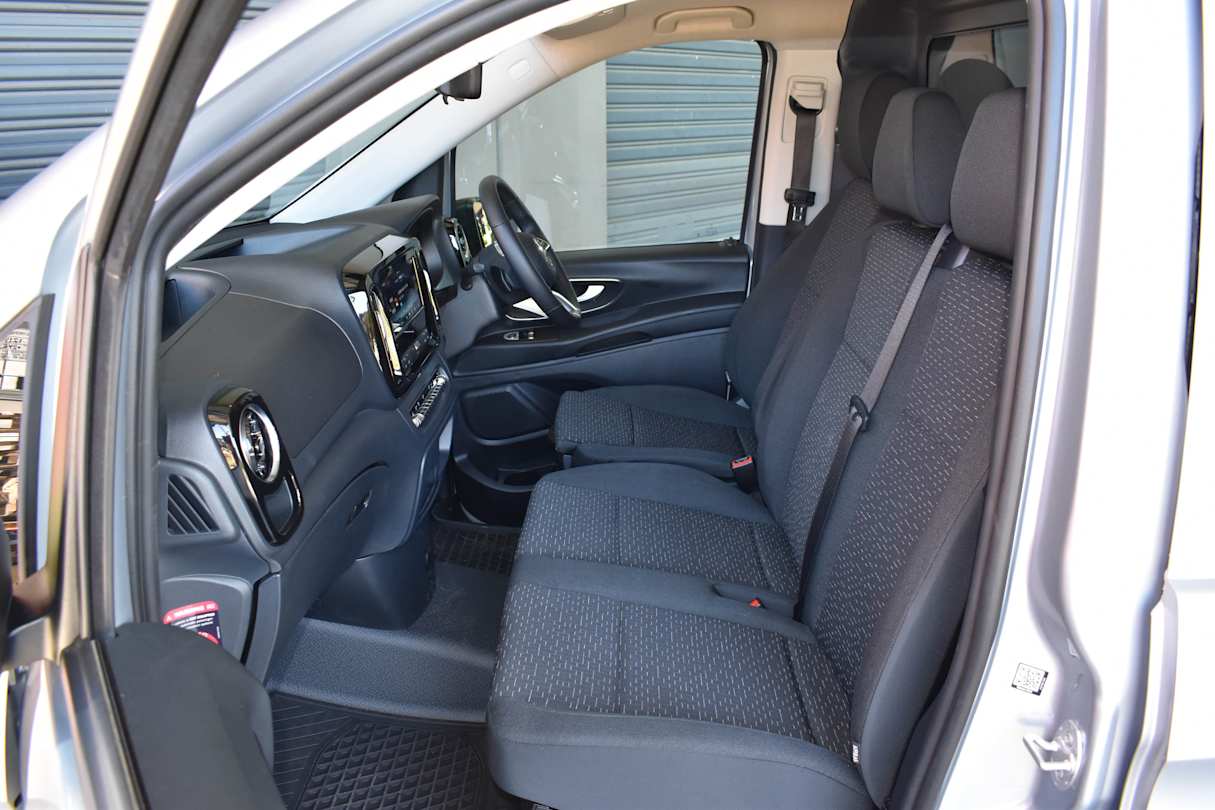
The steering feel is superb, as we’ve come to expect from Mercedes-Benz commercial vehicles. Cabin noise remains commendably low even at highway speeds, during which the engine needs only 1700rpm to maintain 110km/h. However, tyre noise can become intrusive on coarse bitumen surfaces.
Engine response in city and suburban use is excellent, as the nine-speed auto efficiently keeps the turbo-diesel operating within its 1350-2400rpm peak torque zone. And 440Nm of torque is competitive for a van this size, ensuring strong acceleration with or without a load.
The driver-selectable Sport and Manual drive modes provide greater driver engagement and direct control respectively, but for most driving the default Comfort setting provides a commendable balance of comfort and engine response which allows the Vito to shine in a working role.
We proved this after loading 770kg into the cargo bay, which with driver equalled a total payload of 870kg which was only about 60kg under its legal limit. The coil-spring rear suspension compressed 50mm under this weight, which still left more than enough suspension travel to ensure there was no bottoming-out during our test drive.
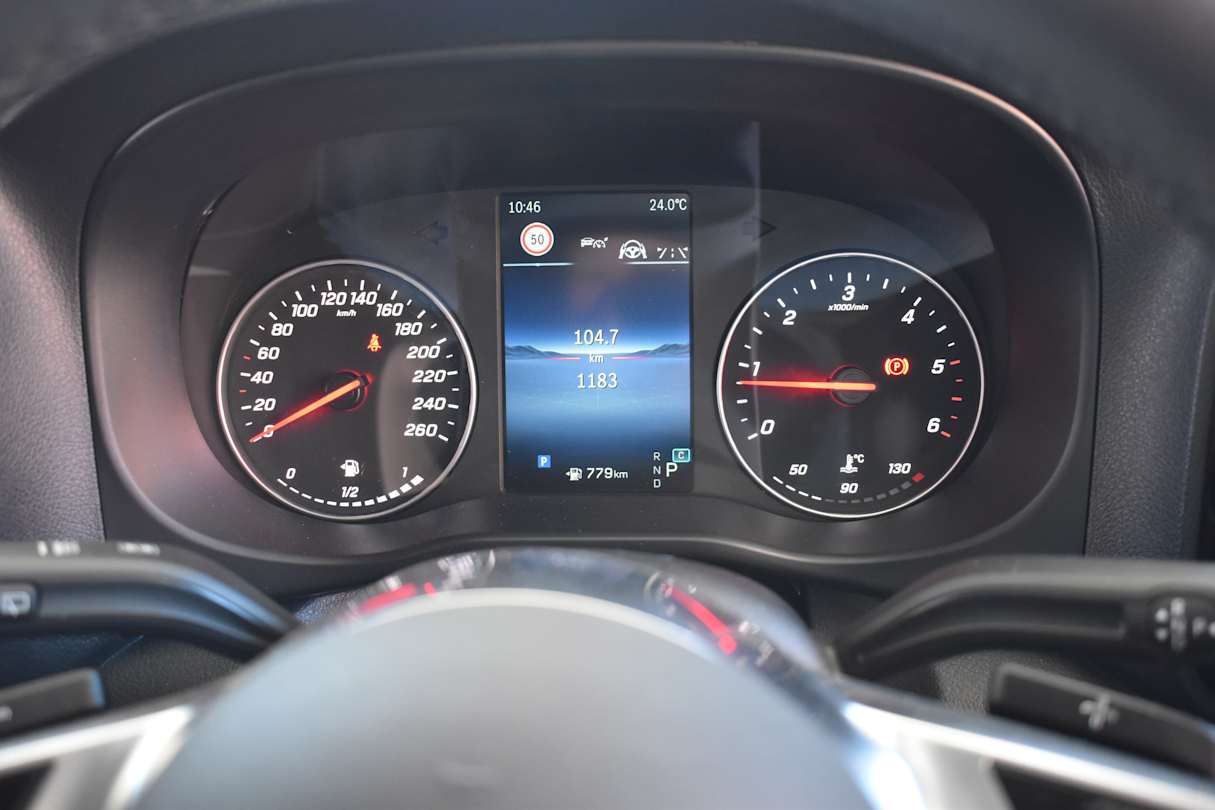
This included our usual 13 per cent gradient, 2.0km set climb at 60km/h, in which it downshifted to fourth gear and 2000rpm (bang in the middle of its peak torque band) to easily reach the summit.
Engine-braking on the way down, in a manually-selected second gear, was impressive for an engine with relatively small displacement restraining almost 900kg in payload, requiring only one firm application of the brake pedal. Overall, it proved to be a competent load-hauler.
Warranty & Safety Rating
What safety equipment is fitted? What safety rating? 7/10?
7 / 10
Although Vito vans built from January 2023 are still without an ANCAP star rating, models built from May 2024 scored 90 per cent for collision avoidance in ANCAP’s Commercial Van Safety Comparison, earning the highest Platinum grading for scores of 80 per cent and above.
The latest Vito’s active safety additions join a suite of existing features including front/thorax/window airbags for driver and passenger, AEB, lane-keeping, blind-spot and rear cross-traffic alert, daytime running lights, front/rear parking sensors and lots more.
What warranty is offered? What are its service intervals? What are its running costs? 7/10?
7 / 10
The Vito comes with a five years/250,000km warranty which includes 24-hour roadside assistance.
Scheduled servicing is 12 months/25,000km whichever occurs first. Capped-price servicing for first five scheduled services totals $5555, or a pricey average of $1111 annually.
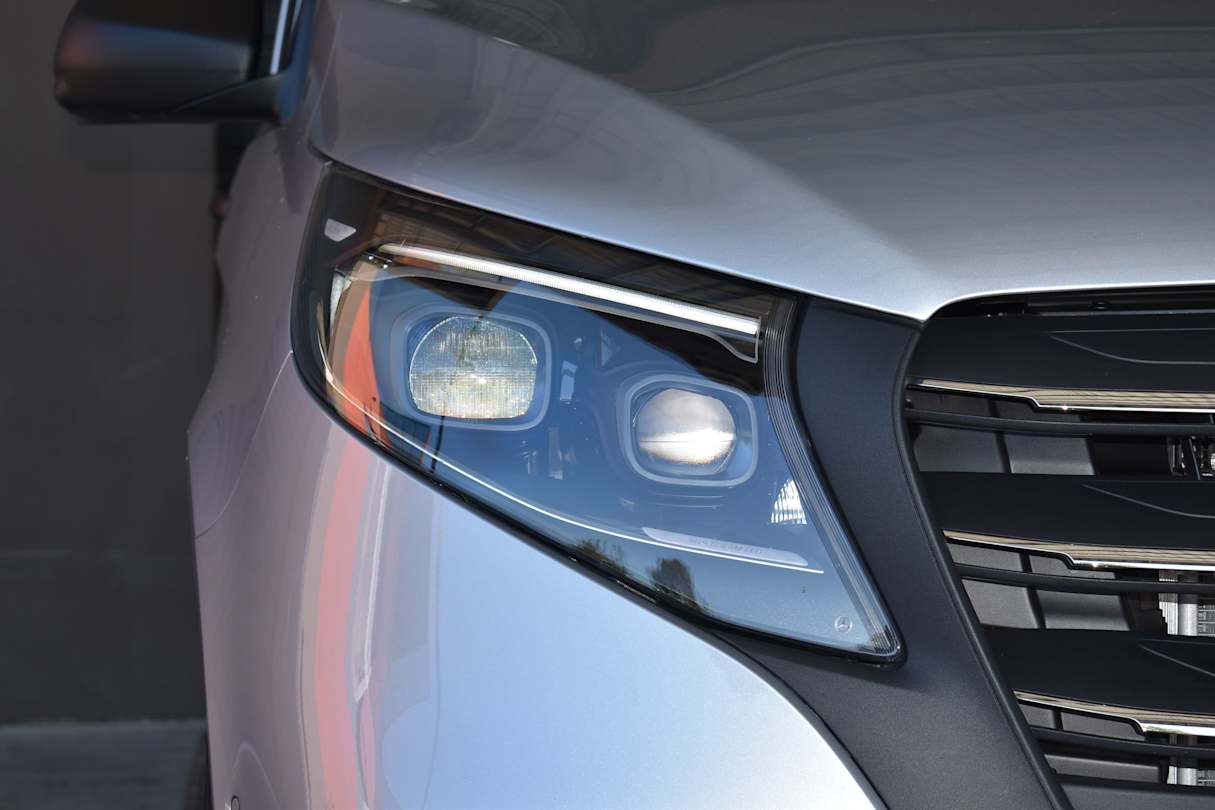
Verdict
The Vito 119 Panel Van LWB offers excellent performance and driver comfort, with styling and all-round refinement that could make it an appealing business partner. However, the absence of an ANCAP star rating and a sub-one-tonne payload limit could be deal-breakers for some tradies and fleets alike, along with a list price that exceeds its Toyota HiAce LWB equivalent by almost $30K. Therefore, only a potential buyer can decide if its positives outweigh its negatives.
Pricing Guides






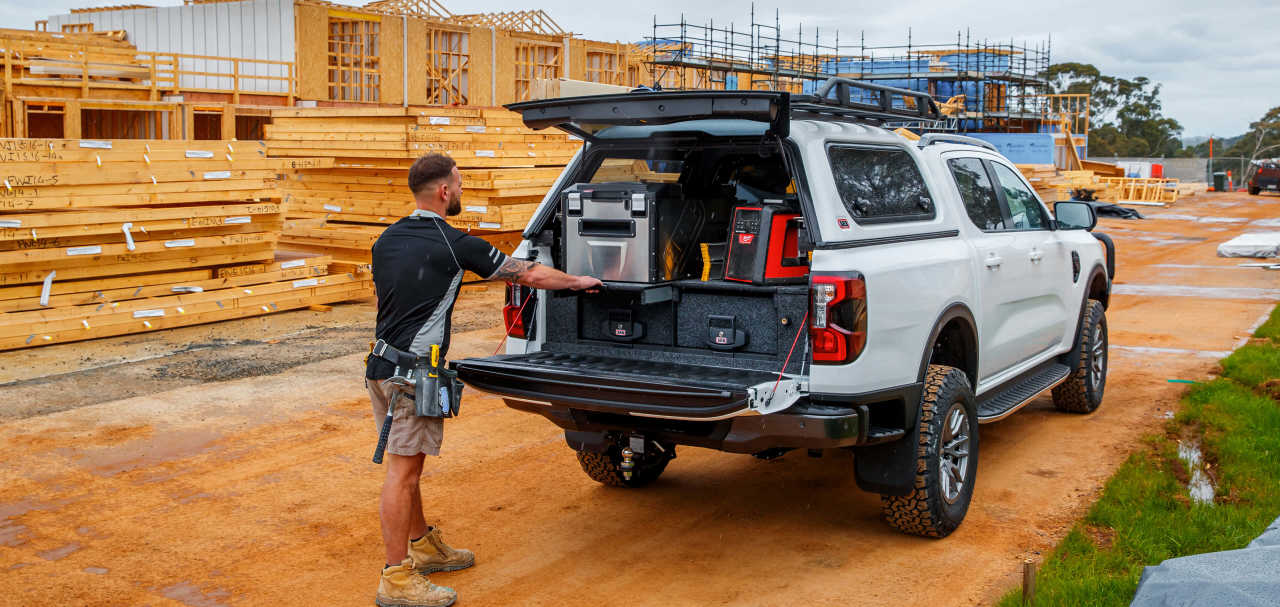
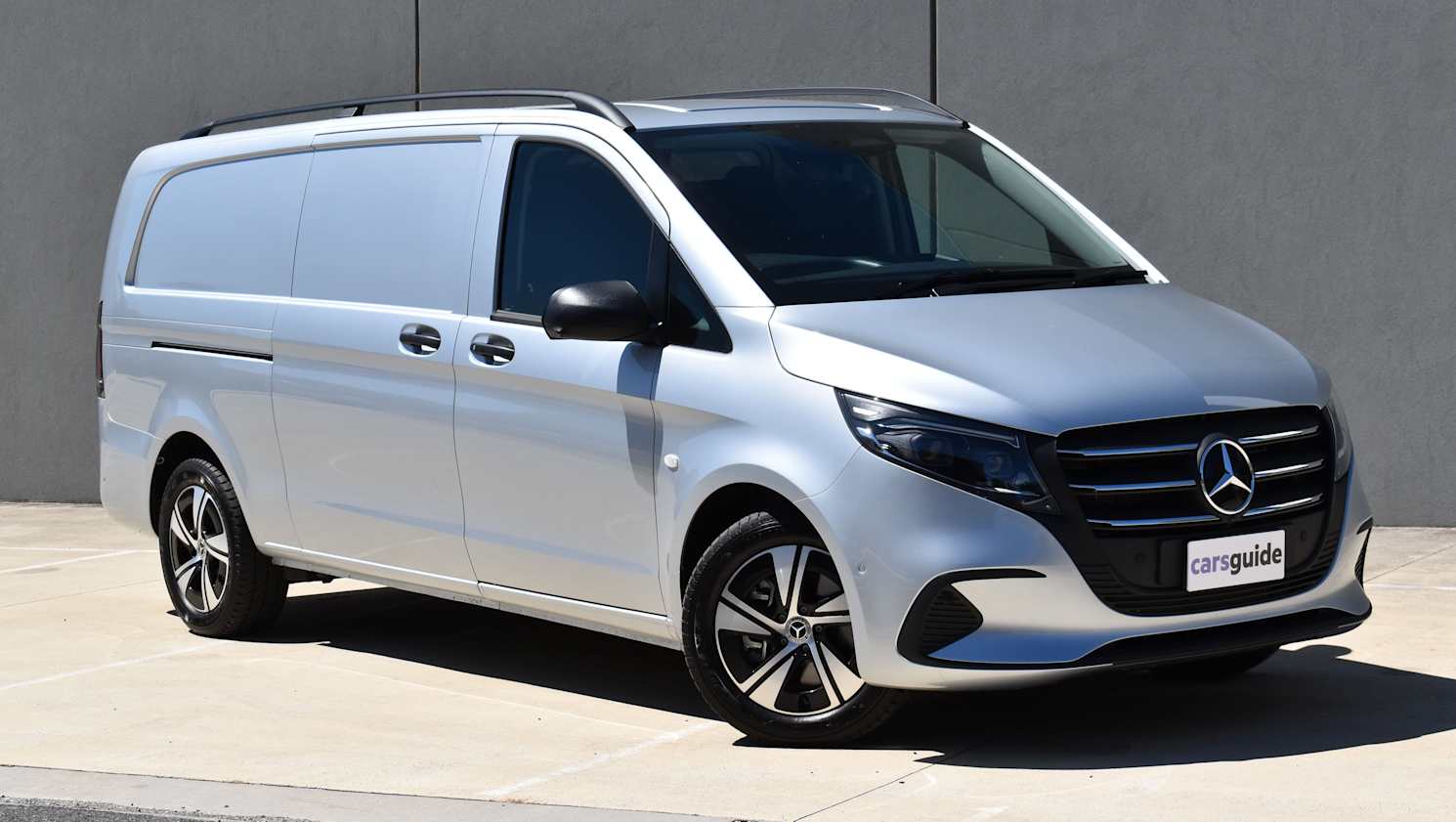
.jpg)













.jpg)

.jpg)
.jpg)

.jpg)
.jpg)